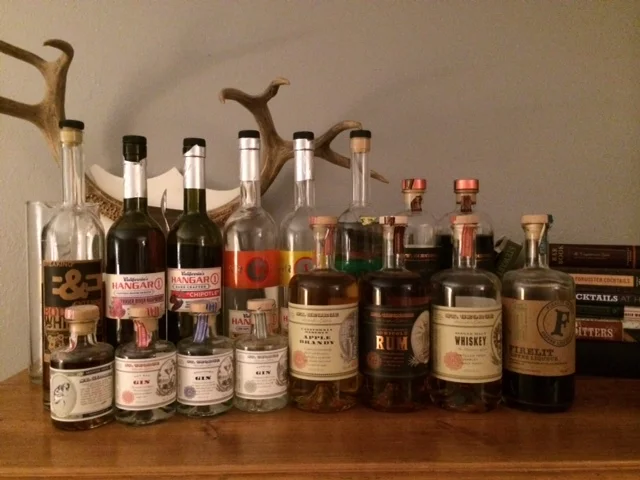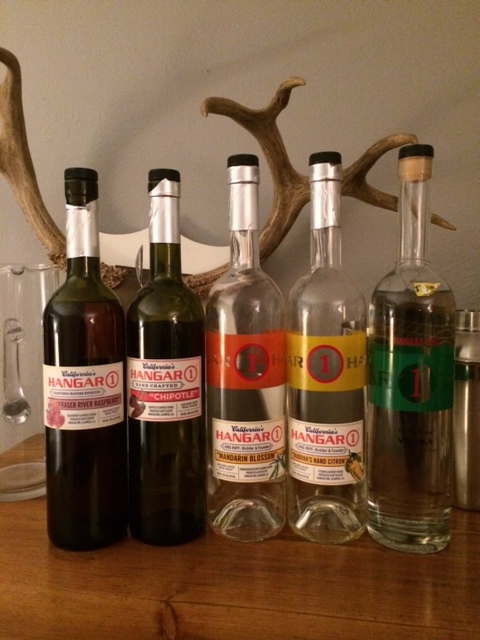This is a tradition for me. My wife and I throw a holiday bash, and get people hammered on eggnog. I grew up on non-alcoholic eggnog, and it's always been a treat. Now that I can make the real stuff, I'll never go back. I have passed this recipe around, but I tweak it slightly each year.
Below follows a recipe that will completely destroy you. It's about 50% booze. it is DANGEROUS. WARNING.
Every year I change up which bourbon, rum, and cognac/brandy/armagnac I use. Two years ago I went with Buffalo Trace bourbon, Zaya rum, and Pierre Ferrand Cognac respectively. Last year, it was Absach Uralt (german brandy), Ron Matusalem Gran Reserve rum, and Elijah Craig 12 year bourbon. This year, I chose a wheated bourbon in Weller Antique, the much lauded Diplomatico Reserva, and a Bas Armagnac for the first time - Marie Duffan. Much happier with these (at least after the initial taste test).
Warning: raw eggs. Yada yada. I've never gotten anyone sick in 10 years of making this but use at your own risk. For more information on this, and to ease your fears please watch below. Moral of the story - put booze in your nog.
Ingredients:
18 super fresh eggs
1.5 lbs confectioner’s (powdered) sugar
4 cups bourbon. 1 750ml bottle bourbon = 3.17 cups, so you will need just over a bottle.
2.5 cups aged brandy/cognac/Armagnac
2 cups apricot or peach brandy (you’ll only need 2 cups)
1.5 cups aged rum (not spiced)
3 quarts half and half
2 pints heavy cream
2 tablespoons vanilla bean paste or two/three vanilla beans scraped.
Directions:
Separate 18 eggs. Place eggwhites in a container and set aside.
Beat all 18 yolks until just incorporated Beat in gradually 1.5 lb. confectioner's sugar
just sugar and egg yolks. hnnnnnnnng.
Add very slowly, beating constantly: · 1.5 c. bourbon · 1.5 c. brandy/cognac/Armagnac
These liquors form the basis of the "nog. Let mixture stand covered for 1 hour to dispel the "eggy" taste. After at least one hour, beating constantly, add in: · 3 quarts half and half · 2 tablespoons vanilla bean paste or two/three vanilla beans scraped · 2.5 cups bourbon · 2 cups of peach or apricot brandy · 1.5 cups aged rum (you can substitute more brandy or bourbon if you hate rum)
· 1 cup brandy · 2 pints heavy cream
Refrigerate covered minimum for 3 hours. the longer it sits the better it tastes.
Also, diluting this with regular milk is fine for the general population. It's strong stuff at just around 50% booze. The calories also pack a wallop.
Additionally, for a lighter eggnog, you can add whipped eggwhites you reserved at the beginning of the recipe. It will add lightness and body to the drink. Fold egg whites lightly into the other ingredients just before serving. If you are making eggnog ahead of time, you can use pasteurized eggwhites, but they may be tough to whip. Alternatively you can freeze the eggwhites and defrost before whipping without a problem.
Serve sprinkled with fresh nutmeg and cinnamon to taste.
Yield is just around 2 gallons plus














